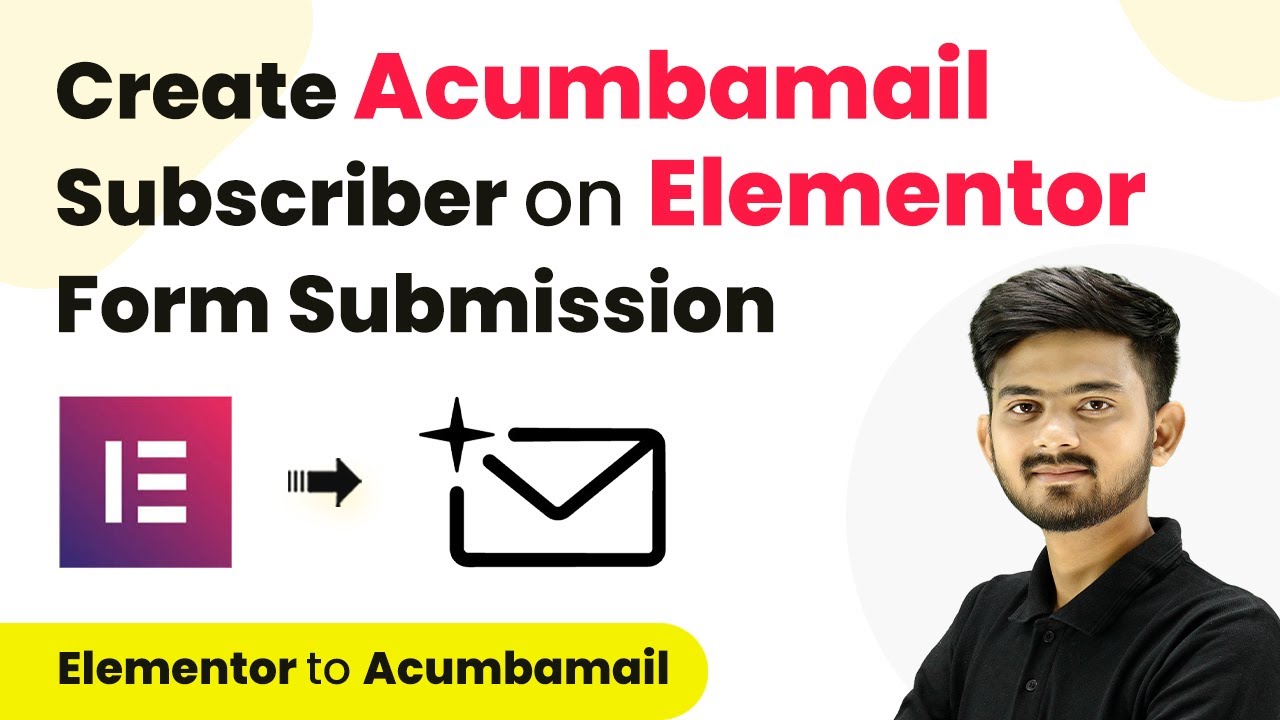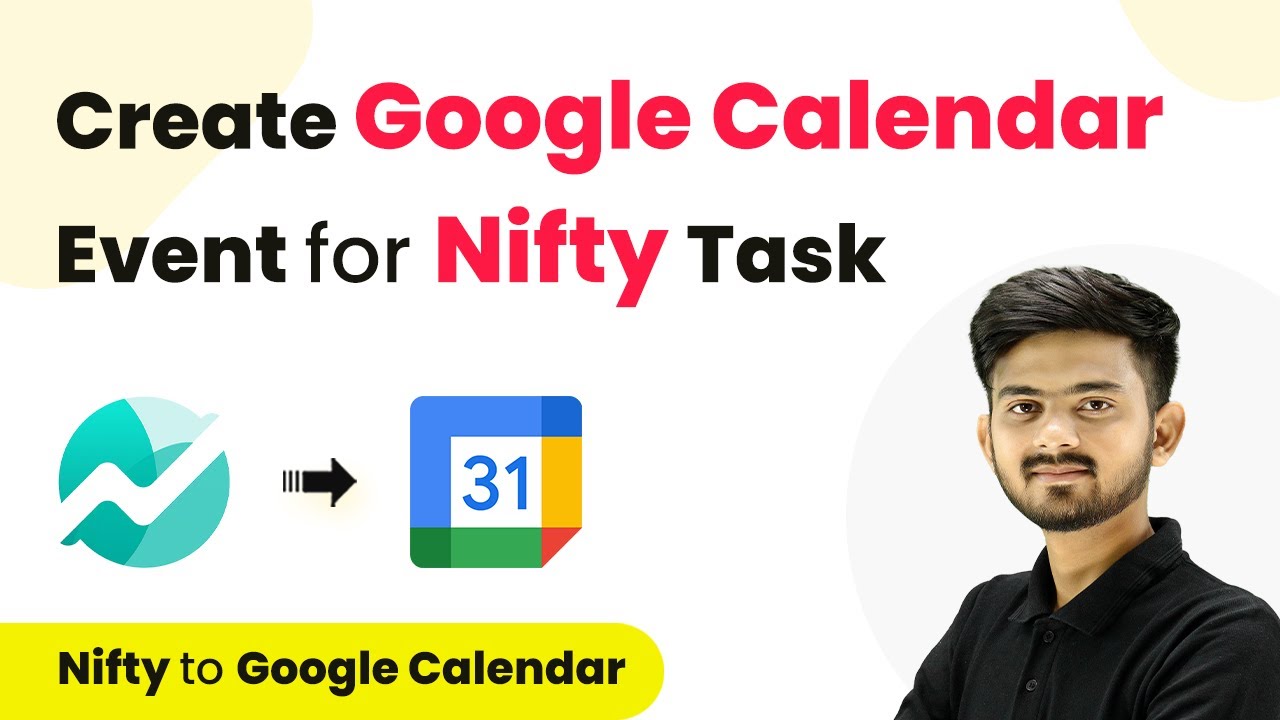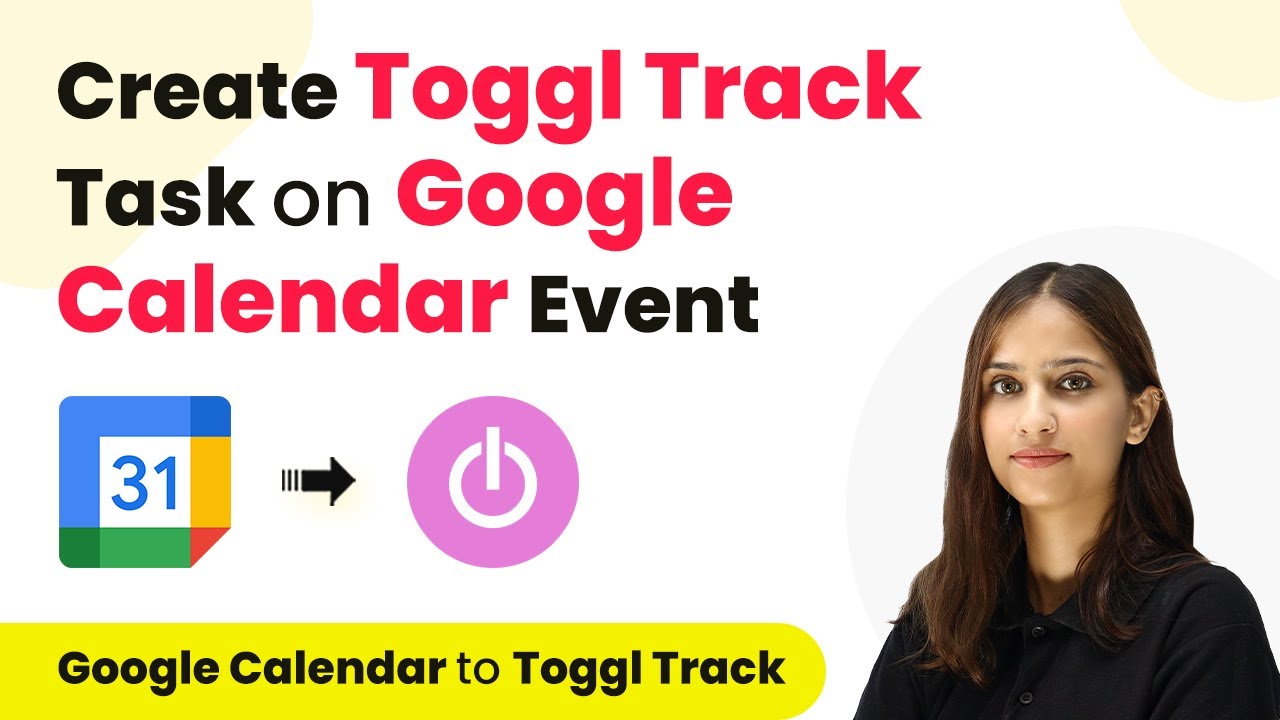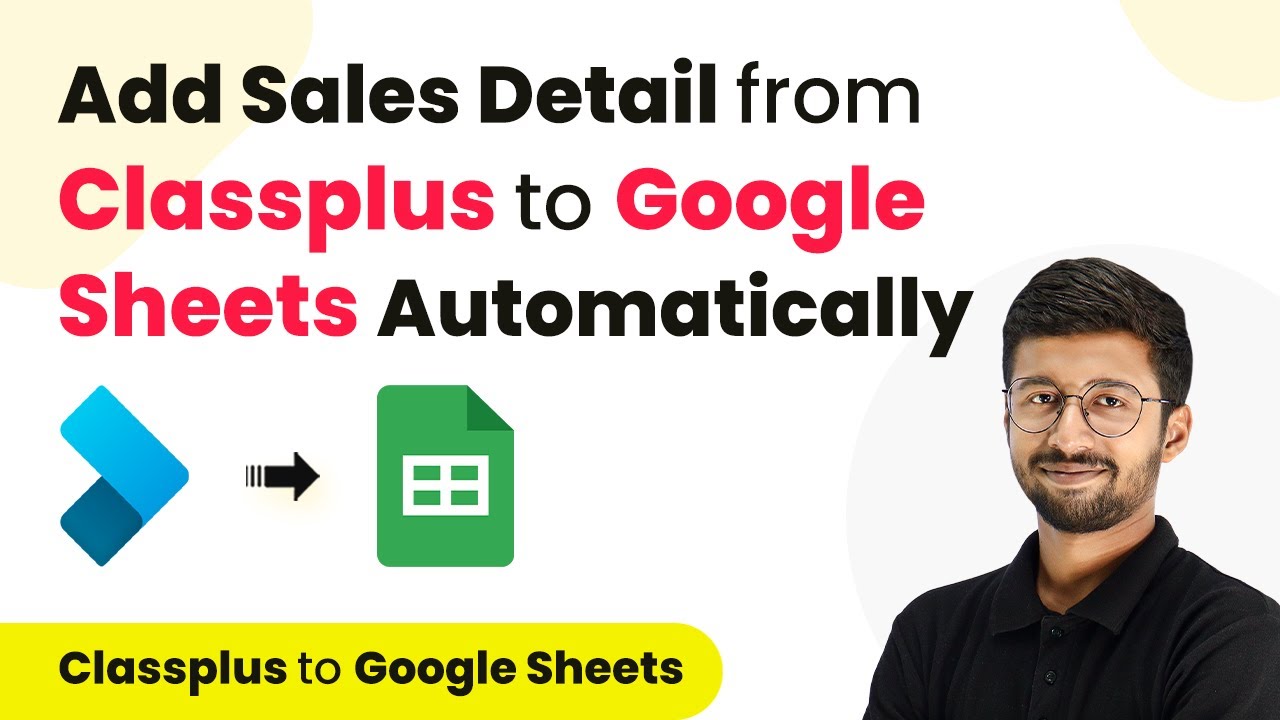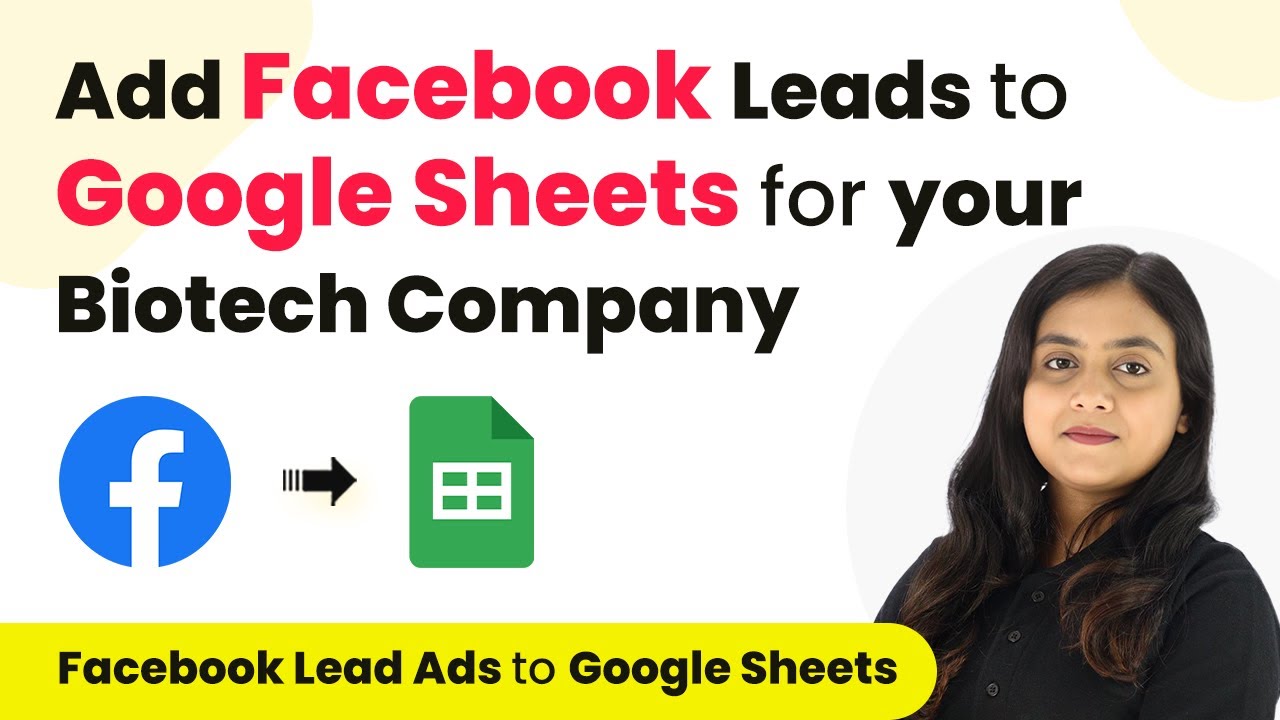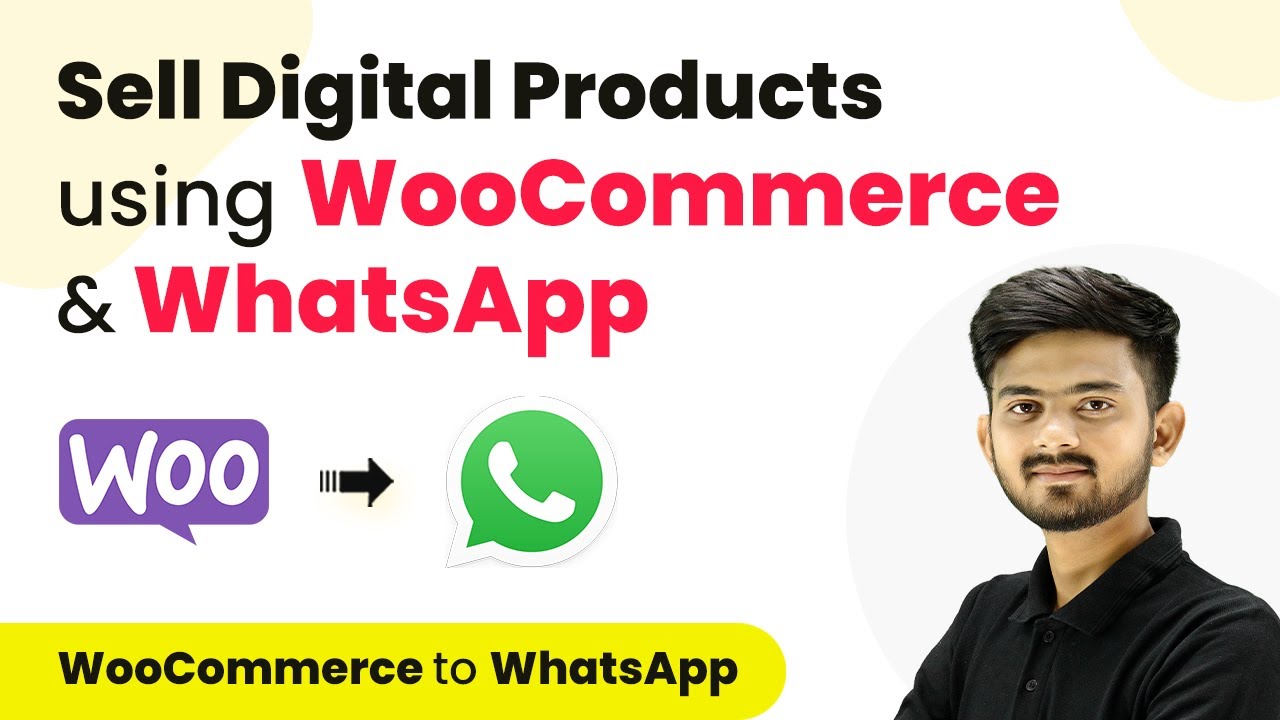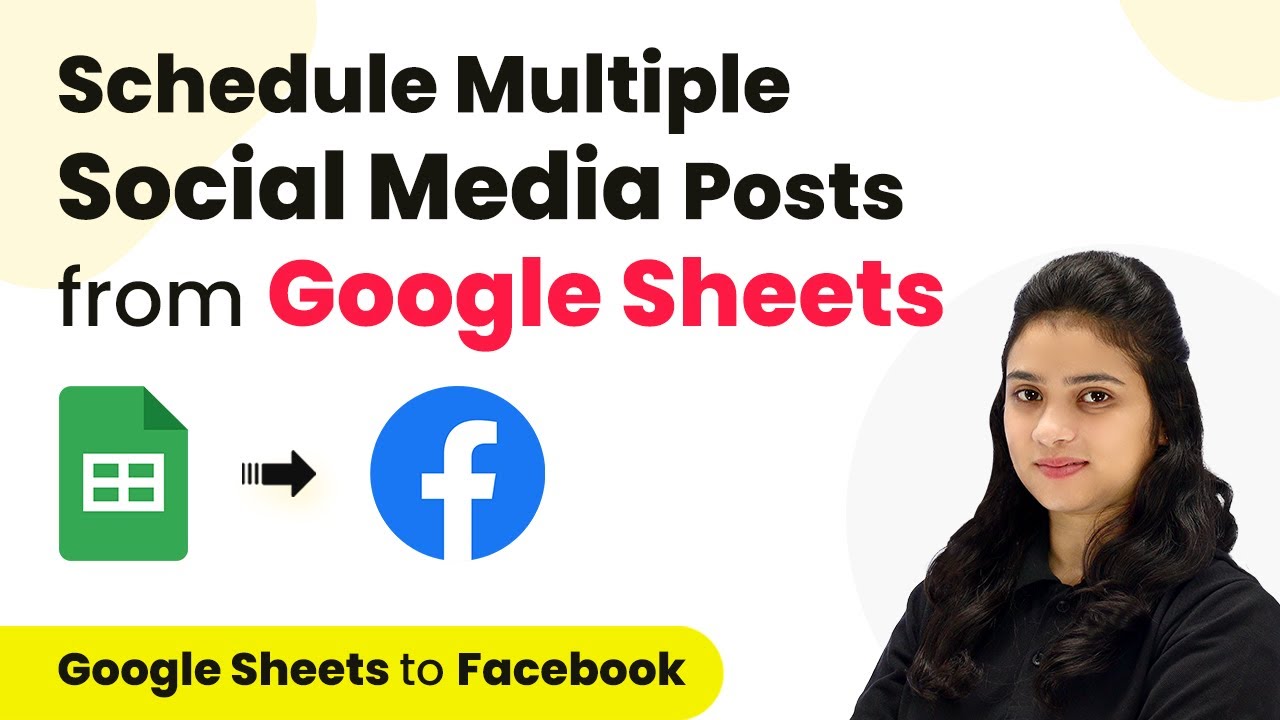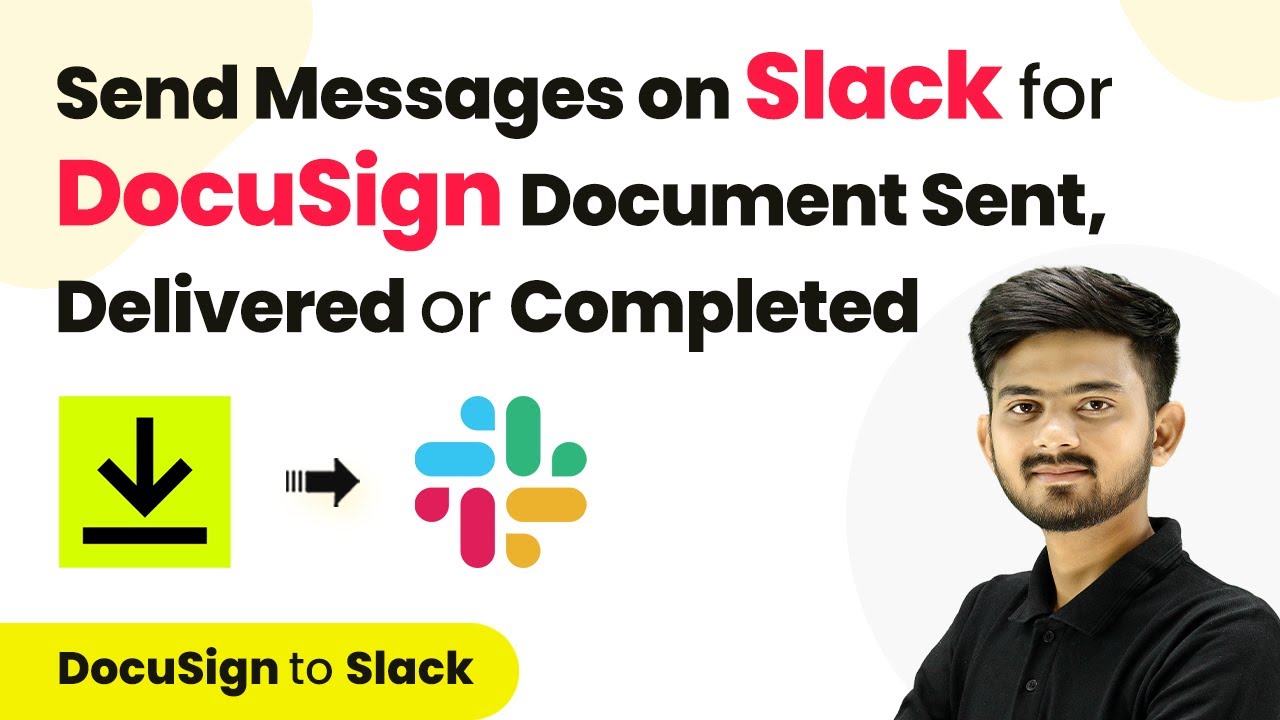Learn how to automatically create Acumbamail subscribers from Elementor form submissions using Pabbly Connect. Step-by-step tutorial included. Follow this definitive guide to creating powerful automated workflows with straightforward, efficiency-focused solutions that save valuable time.
Watch Step By Step Video Tutorial Below
1. Setting Up Pabbly Connect for Elementor Form Submission
To create an Acumbamail subscriber on Elementor form submission, we will use Pabbly Connect as the integration tool. First, you need to access your Pabbly Connect account. If you do not have an account, you can sign up for free, which will provide you with 100 tasks every month.
Once logged in, navigate to the Pabbly Connect dashboard. Here, you will find options for creating workflows. Click on the ‘Create Workflow’ button, name your workflow (e.g., ‘Create Acumbamail Subscriber on Elementor Form Submission’), and select a folder for organization. This initial setup is crucial as it establishes the foundation for your integration process.
2. Configuring Trigger for Elementor Form Submission
The first step in our workflow is to set up the trigger. In this case, we will select Elementor as the trigger application in Pabbly Connect. Choose the trigger event as ‘New Form Submission.’ This event will initiate the workflow whenever a new form is submitted through your Elementor form.
- Select the Elementor application as the trigger.
- Choose ‘New Form Submission’ as the trigger event.
- Copy the webhook URL provided by Pabbly Connect.
After copying the webhook URL, go to your Elementor form settings. Under the ‘Actions After Submit’ section, add a new action and select ‘Webhook.’ Paste the copied webhook URL here and update the form settings. This establishes a connection between your Elementor form and Pabbly Connect, ready to capture submissions.
3. Creating a Subscriber in Acumbamail
With the trigger set up, the next step is to configure the action to create a subscriber in Acumbamail. In Pabbly Connect, select Acumbamail as the action application and choose the action event as ‘Add/Update Subscriber.’ This will allow you to create a new subscriber automatically based on the details submitted through the Elementor form.
To connect Acumbamail with Pabbly Connect, you will need to provide an API key. You can find this API key in your Acumbamail account settings. Once you have copied the API key, return to Pabbly Connect, paste the key, and save the connection. This step is crucial to authenticate and establish a secure link between the two applications.
- Select Acumbamail as the action application.
- Choose ‘Add/Update Subscriber’ as the action event.
- Paste the API key from Acumbamail.
After saving the connection, you will see options to map the fields from the Elementor form submission to the corresponding fields in Acumbamail. This mapping ensures that the data collected from the form is accurately transferred to your subscriber list.
4. Mapping Fields in Pabbly Connect
In this step, you will map the fields collected from the Elementor form submission to the appropriate fields in Acumbamail. This is done within the action setup in Pabbly Connect. You will need to select your subscriber list in Acumbamail and then map the fields such as first name, last name, email, and country from the Elementor submission data.
To map these fields, click on each field in the Pabbly Connect action setup and select the corresponding data from the Elementor form submission response. This mapping is essential to ensure that the correct data is sent to Acumbamail when a new subscriber is created.
Map the first name from Elementor to Acumbamail. Map the last name from Elementor to Acumbamail. Map the email address from Elementor to Acumbamail.
Once all fields are mapped correctly, click on the save button to finalize the workflow setup. This step confirms that every time an Elementor form is submitted, the details will be sent to Acumbamail, creating a new subscriber.
5. Testing the Integration with Pabbly Connect
After setting up the integration, it’s crucial to test it to ensure everything works as expected. Go back to your Elementor form and submit a test entry with dummy data. For example, fill in the first name, last name, email, and other required fields, then click submit.
Once you submit the form, return to Pabbly Connect and check the response received. If the integration is successful, you should see the details from your form submission reflected in the response. Additionally, log into your Acumbamail account to verify that the new subscriber has been added to your list.
If the subscriber appears correctly in Acumbamail, your integration is set up successfully. You can repeat the testing process with different data to confirm that the automation works consistently. This setup allows you to automatically create Acumbamail subscribers from Elementor form submissions seamlessly.
Conclusion
In this tutorial, we demonstrated how to use Pabbly Connect to create Acumbamail subscribers automatically from Elementor form submissions. This integration streamlines your marketing efforts and enhances your subscriber management process.
Ensure you check out Pabbly Connect to create business automation workflows and reduce manual tasks. Pabbly Connect currently offer integration with 2,000+ applications.
- Check out Pabbly Connect – Automate your business workflows effortlessly!
- Sign Up Free – Start your journey with ease!
- 10,000+ Video Tutorials – Learn step by step!
- Join Pabbly Facebook Group – Connect with 21,000+ like minded people!
By following the steps outlined, you can ensure that every form submission translates into a new subscriber, helping you grow your audience effectively. Start using Pabbly Connect today to automate your workflows and improve your marketing strategies!
